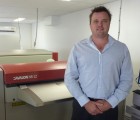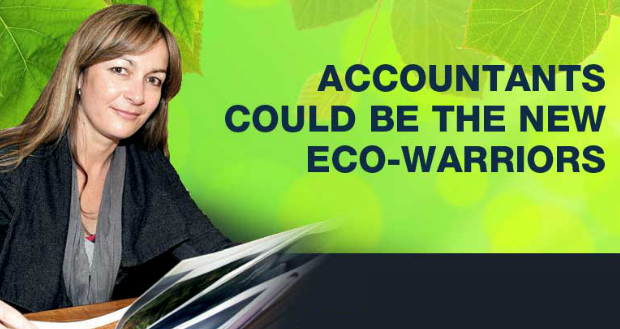The report’s environment section, describes how the Prinect integrated printshop workflow cuts energy consumption and waste. In prepress, the Suprasetter A52/A75 CtP platesetter uses five times less power and generates five times less waste heat than comparable models from other manufacturers. And in postpress, the makeready processes of the Stahlfolder KH 82 folding machine can save up to 2.5 tons of paper a year.
Mark Tomasini co-founder of Print Bound says the company adheres to the principles reduce, reuse, and recycle. He says nothing comes into the company, which doesn’t meet at least one of these criteria.
He says, “We also consistently strive to avoid producing any landfill waste. We prefer to work systematically to reduce our impact on the environment instead of trying to neutralize impacts afterwards.”
Print Bound’s press fleet includes a 12-colour Speedmaster SM 102 perfector and a six-colour CD 102. Of both, Tomasini says that they “are extremely energy-efficient and cut down on waste.” The print shop boss also wants to reduce the use of chemicals and emissions and has recently switched to inks that do not release any volatile hydrocarbons whatsoever into the air.
Tomasini continues, “Environmentally friendly printing doesn’t have to come at the cost of business success. On the contrary, we see our ecological commitment as a win-win situation: it’s good for business when we acquire the reputation of a successful eco-friendly operation. The environment also benefits.”
The report also details how Heidelberg systematically promotes environmental protection at all its sites – including production sites in Germany, assembly sites in Qingpu, China, and customer demonstration centres in the United Kingdom and Canada. Heidelberg customers in the US also benefit from advice and support on environmentally friendly solutions.
The report also outlines twelve steps to a green printshop, which range from tips on the use of paper, ink, and alcohol-free printing to staff motivation, energy management, and financing. The interview relating to the CO2 calculator devised by the bvdm (German Association of Print and Media) describes how printshops can calculate the CO2 footprint of jobs if their customers so request.
The report concludes with a section on social responsibility.
Comment below to have your say on this story.
If you have a news story or tip-off, get in touch at editorial@sprinter.com.au.
Sign up to the Sprinter newsletter


